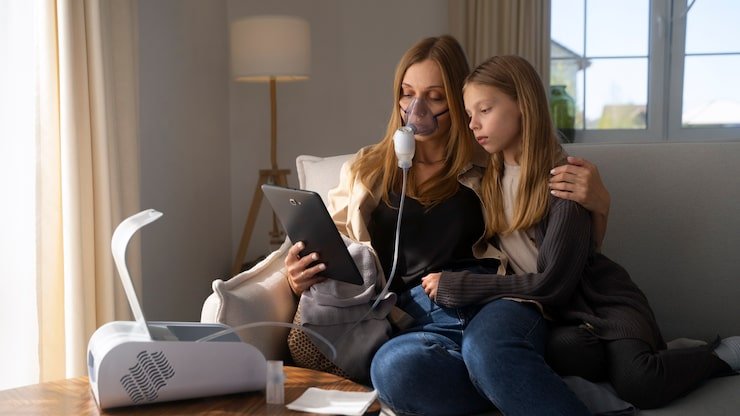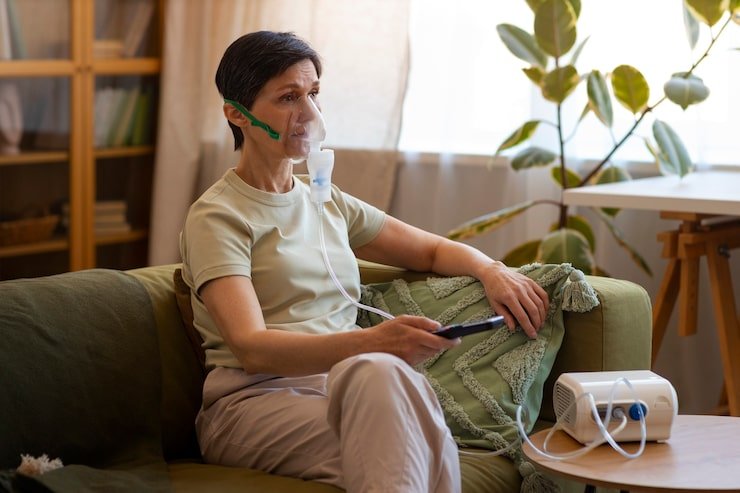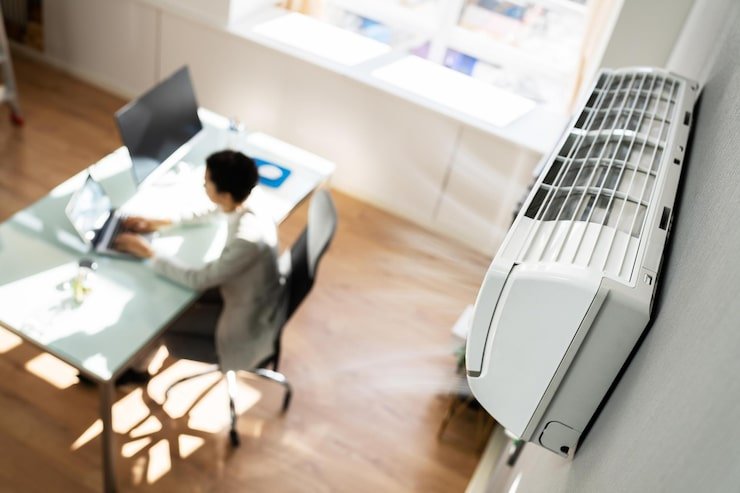What to Expect During a Comprehensive Mold Inspection
- admin323029
- Blog

When it comes to keeping your home safe and healthy, regular mold inspections are essential. If you live in Melrose, near Lynn Fells Parkway, you know how the local climate can create the perfect conditions for mold growth. But what exactly happens during a comprehensive mold inspection? Understanding the process helps you feel confident and prepared.
In this post, we’ll walk you through each step of a professional mold inspection. You’ll learn what tools inspectors use, how they identify mold risks, and why this thorough process is vital for your home’s health.
Why Comprehensive Mold Inspections Matter
Mold isn’t just an eyesore—it’s a serious health hazard. Exposure to mold spores can trigger allergies, respiratory problems, and worsen conditions like asthma. For homes near Lynn Fells Parkway, where humidity fluctuates with the seasons, mold can take hold quickly.
Professional mold inspections go beyond just spotting visible mold. They detect hidden growth, moisture issues, and assess air quality to give you a complete picture of your home’s condition. This proactive approach ensures you address problems before they escalate.
Step 1: Initial Consultation and Visual Assessment
The inspection usually starts with a thorough conversation. The inspector will ask about your home’s history, any recent water damage, leaks, or visible mold you’ve noticed. If you live in Melrose or nearby areas, local weather and seasonal factors will also be discussed.
Next, the inspector conducts a detailed visual examination of your home. They’ll check common mold hotspots such as basements, crawl spaces, bathrooms, kitchens, and attics. This step helps identify obvious mold patches or water damage signs like stains, peeling paint, or warped materials.
Step 2: Moisture Detection and Measurement
Moisture is mold’s best friend. During mold inspections, professionals use moisture meters to detect damp areas that may not be visible. These tools measure moisture levels in walls, floors, and ceilings, uncovering hidden water problems.
Infrared cameras are also common tools. They reveal temperature differences indicating moisture trapped behind surfaces. In Melrose, where rainfall and humidity can cause water intrusion, these tools help locate problem areas before mold fully develops.
Step 3: Air Quality Testing and Sampling
Sometimes mold isn’t visible, but spores float freely in the air. To assess this, inspectors conduct air sampling. They collect air samples from various rooms and test them in laboratories to identify the types and concentration of mold spores.
This step is critical for homes around Lynn Fells Parkway because indoor air quality directly affects your family’s health. Air testing confirms whether mold spores exceed safe levels, guiding the remediation process.
Step 4: Surface Sampling and Lab Analysis
If the inspector finds suspect mold on surfaces, they may take swab or tape samples. These samples are sent to a lab to identify the exact mold species. Knowing the mold type helps determine its toxicity and the best removal methods.
Surface testing is especially useful when mold growth looks unclear or is suspected beneath wallpaper or paint. It provides precise data, ensuring a comprehensive mold inspection.
Step 5: Detailed Report and Recommendations
After all tests and assessments, the inspector compiles a detailed report. This report explains findings clearly and includes photos, moisture readings, and lab results. It also outlines mold removal recommendations and preventive measures.
For residents near Lynn Fells Parkway and Melrose, this report serves as a roadmap for maintaining a mold-free home. It helps you understand the severity and prioritize repairs or treatments.
What You Can Do Before and After Mold Inspections
Before your scheduled mold inspection, clear clutter from inspection areas. This gives the inspector full access to walls, floors, and hidden spaces. Also, keep a list of any health symptoms or mold sightings handy to share during the consultation.
After the inspection, follow the recommended remediation steps carefully. If mold removal requires professionals, choose certified contractors experienced in handling mold safely. Regular follow-up inspections ensure your home stays healthy long-term.
Why Choose Professional Mold Inspections Near Lynn Fells Parkway?
DIY mold tests can provide some insights but often miss hidden dangers. Professional mold inspections guarantee thorough evaluations using advanced technology and expertise. For Melrose homeowners, this means peace of mind and safer living spaces.
Regular inspections also help preserve property value and prevent costly repairs caused by untreated mold damage. With professional help, you protect both your investment and your family’s well-being.
Conclusion: Stay Ahead with Comprehensive Mold Inspections
Knowing what to expect during mold inspections empowers you to take timely action. Whether you suspect mold or want a routine check, professional mold inspections are your best defense against hidden health risks.
If you’re in Melrose or near Lynn Fells Parkway, contact us today to schedule a comprehensive mold inspection. Let our experts help you maintain a safe, healthy home environment. Visit our contact page to get started now.
FAQs About Mold Inspections
1. How long does a comprehensive mold inspection usually take?
A thorough mold inspection typically takes 1 to 3 hours, depending on the size of your home and the complexity of moisture issues.
2. Can mold inspections detect all types of mold?
Yes, professional mold inspections include visual checks, air sampling, and lab analysis to detect a wide range of mold species, even those hidden behind walls.
3. Are mold inspections covered by homeowners insurance?
Coverage varies by policy. Some homeowners insurance plans cover mold inspections if caused by covered water damage. Check your policy or consult your provider.
4. How often should homes near Lynn Fells Parkway get mold inspections?
For areas with high humidity like Lynn Fells Parkway and Melrose, annual or bi-annual mold inspections are recommended to catch problems early.
5. Will a mold inspection also test indoor air quality?
Yes, air quality testing is a standard part of comprehensive mold inspections to measure mold spore levels and assess health risks.
Are you worried about the cleanliness of your space?
Let us help you! Cleaning services are our specialty, and we offer a complete range of cleaning and maintenance services. Get a free estimate!




